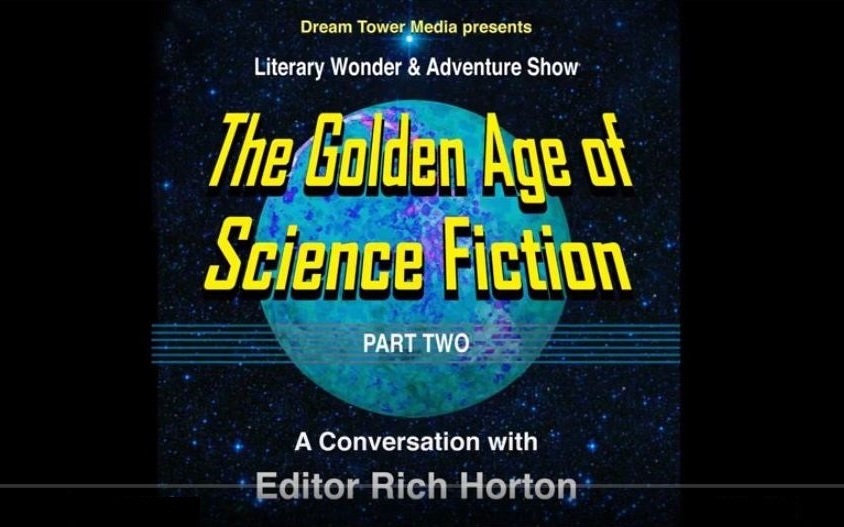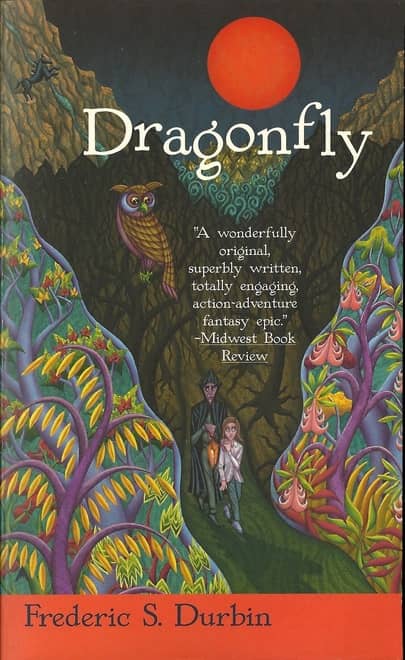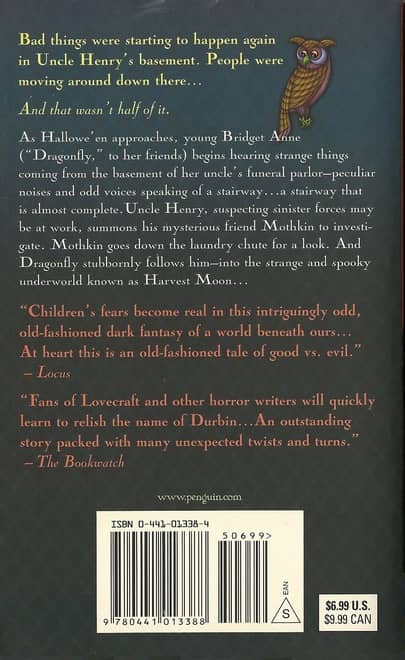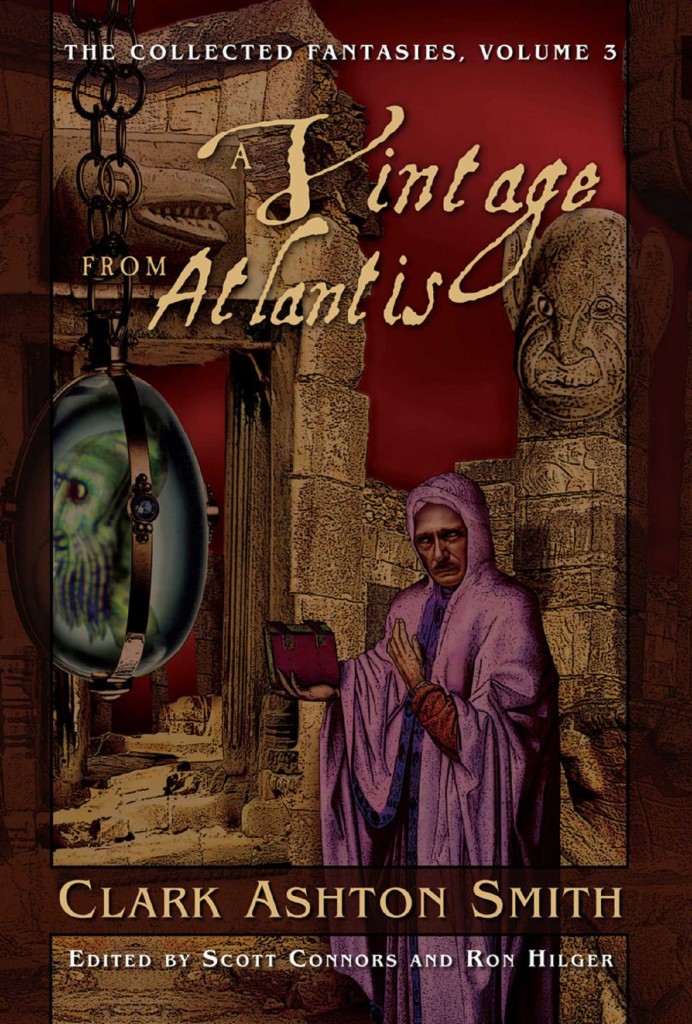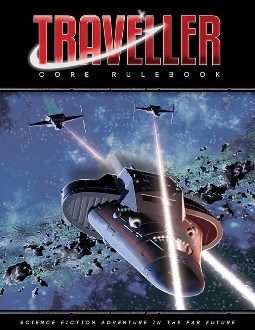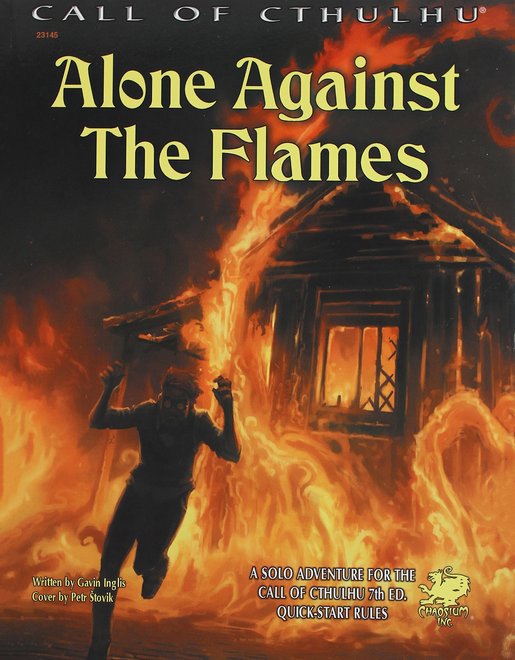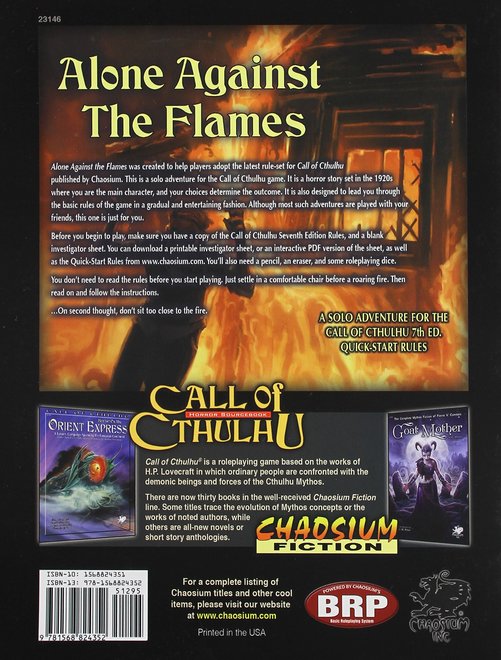Companion Robots, Grave Robbing, and Monster-haunted Catacombs: July/August 2017 Magazine of Fantasy and Science Fiction
 Cover art by Nicholas Grunas, based off “There was a Crooked Man, He flipped a Crooked House.”
Cover art by Nicholas Grunas, based off “There was a Crooked Man, He flipped a Crooked House.”
“In a Wide Sky, Hidden” by William Ledbetter. This story gets the issue off to a strong start. MC and his companion robot are crossing the depths of space to unknown worlds looking for the MC’s sister. Not an easy task since humanity has never found a way to beat the light-speed barrier, so people have to have their body destroyed in one place and then sent to a quantum-linked box in another to be rebuilt. The MC had wanted to be an explorer, his sister had wanted to be an artist. He gave up on his dreams because robots do that work now, but she succeeded in hers, at least until she disappeared into one of the hundreds of uninhabited worlds out there and challenged him to find her. I liked this story quite a bit: short and with a great deal of depth and heart. And I don’t just say that because Ledbetter is an editor at Heroic Fantasy Quarterly either! Nor do I say it because he scored a Nebula last year!
“The Masochists Assistant” by Auston Habershaw. Young wanna-be fop Georges is a famulus to the mage Hugarth Madswom. A famulus is not quite an apprentice, and not quite a servant, more of an intern/helper. Magus Hugarth’s particular area of magical expertise is that of killing himself and then resurrecting himself — which makes him a bit of an odd-man out in the etiquette-heavy world they live in. This is one of those stories that manages to successfully navigate the grisly with the funny and make Georges’ struggles to better his station in life actually mean something.
“The Bride in Sea-Green Velvet” by Robin Furth. Grave-robbing, necromancy, and masturbation make for a powerful combination in this story. It is all a bit much, but like “Masochists Assistant” it is quite well written and moves quite fast. The story suffers, I think, from having a cast of not-likable characters; at the end one can see why, but the larger point of the story would, I think, have made a stronger impact if there had been some redeemable person in the cast.
Column — Books to Look For, by Charles De Lint. De Lint dishes de dirt on books, going into enough detail without giving anything away. Books reviewed: Tillie Madison Vs. Reality (P.L. Winn), In Times Like These, The Chronothon, and The Day After Never (Nathan Van Coops), Goblin Market (Chrstina Rossetti and Omar Rayyan), Silence Fallen (Patricia Briggs), Gods & Goddesses: the Fantasy Illustration Library Volume Two (edited by Malcolm and Michael Phifer), Creaking Staircases: Gothic Tales of Supernatural Suspense (James Coplin).
